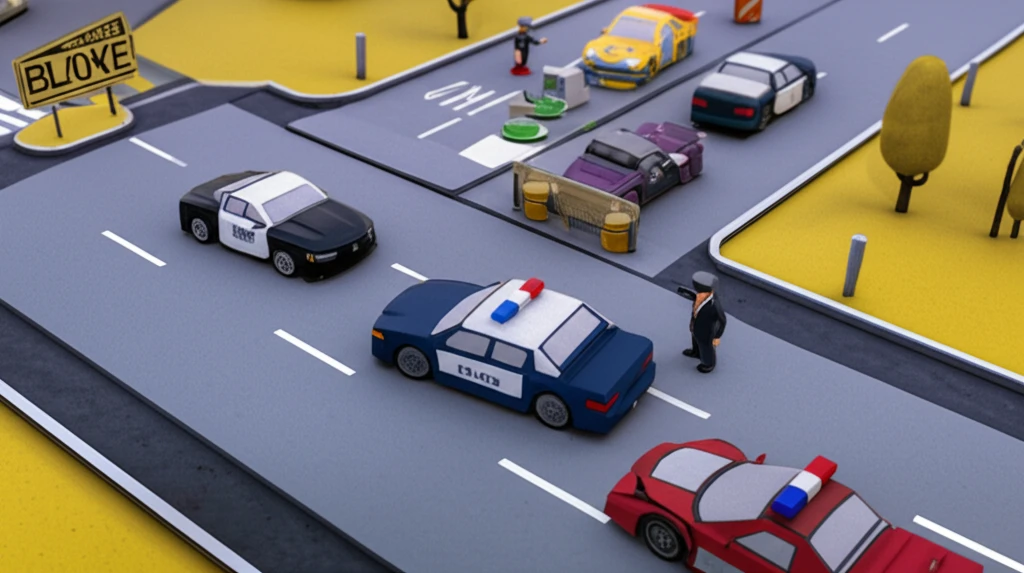
Speed Limits and Game Theory: Can Math Help Us Drive Safer?
"A game-theoretic approach explores how to lower incentives for violating speed limits, potentially leading to safer roads and smarter traffic policies."
Speeding isn't just a minor infraction; it's a major contributor to accidents and fatalities worldwide. While we often think of traffic laws as straightforward rules, the reality is a complex interplay of driver behavior and enforcement strategies. Traditional methods of traffic management often fall short, leading researchers to explore new, innovative approaches to promote safer driving habits.
Enter game theory! This mathematical framework analyzes strategic interactions between individuals, offering valuable insights into how people make decisions in situations where their outcomes depend on the choices of others. A recent research paper applies game theory to the problem of speeding, examining how drivers and law enforcement interact in a strategic 'game' where each party responds to the actions of the other.
The study, titled 'A game theoretic approach to lowering incentives to violate speed limits in Finland,' uses complex mathematical models to understand and potentially reduce speeding. In this article, we break down the study's key findings, exploring how game theory can inform smarter traffic policies and ultimately contribute to safer roads for everyone.
The Psychology of Speeding: Why Do We Break the Limit?

Before diving into the mathematical models, it's essential to understand why people speed in the first place. It seems straightforward - people are in a hurry, or they feel the need to go faster. However, behavioral economics reveals that the psychology of speeding is more complex than it appears. Some common contributing factors are:
- The 'non-crime' perception: Many drivers don't view speeding as a serious offense compared to other crimes.
- Social acceptability: Speeding is often seen as a normal or even expected behavior on certain roads.
- Risk underestimation: Drivers may underestimate the likelihood of getting caught or the potential consequences of an accident.
- Time pressure: Feeling rushed or behind schedule is a common justification for exceeding the speed limit.
Driving Towards Safer Roads: The Future of Traffic Management
While the research focuses on the theoretical aspects of traffic management, the potential implications for real-world policies are significant. By understanding the strategic interactions between drivers and law enforcement, policymakers can develop more effective strategies to reduce speeding and improve road safety. This could involve a combination of increased enforcement, public awareness campaigns, and even road design modifications to nudge drivers towards safer behaviors. As we continue to explore the intersection of behavioral science and traffic management, we can pave the way for a future with fewer accidents and safer roads for everyone.
